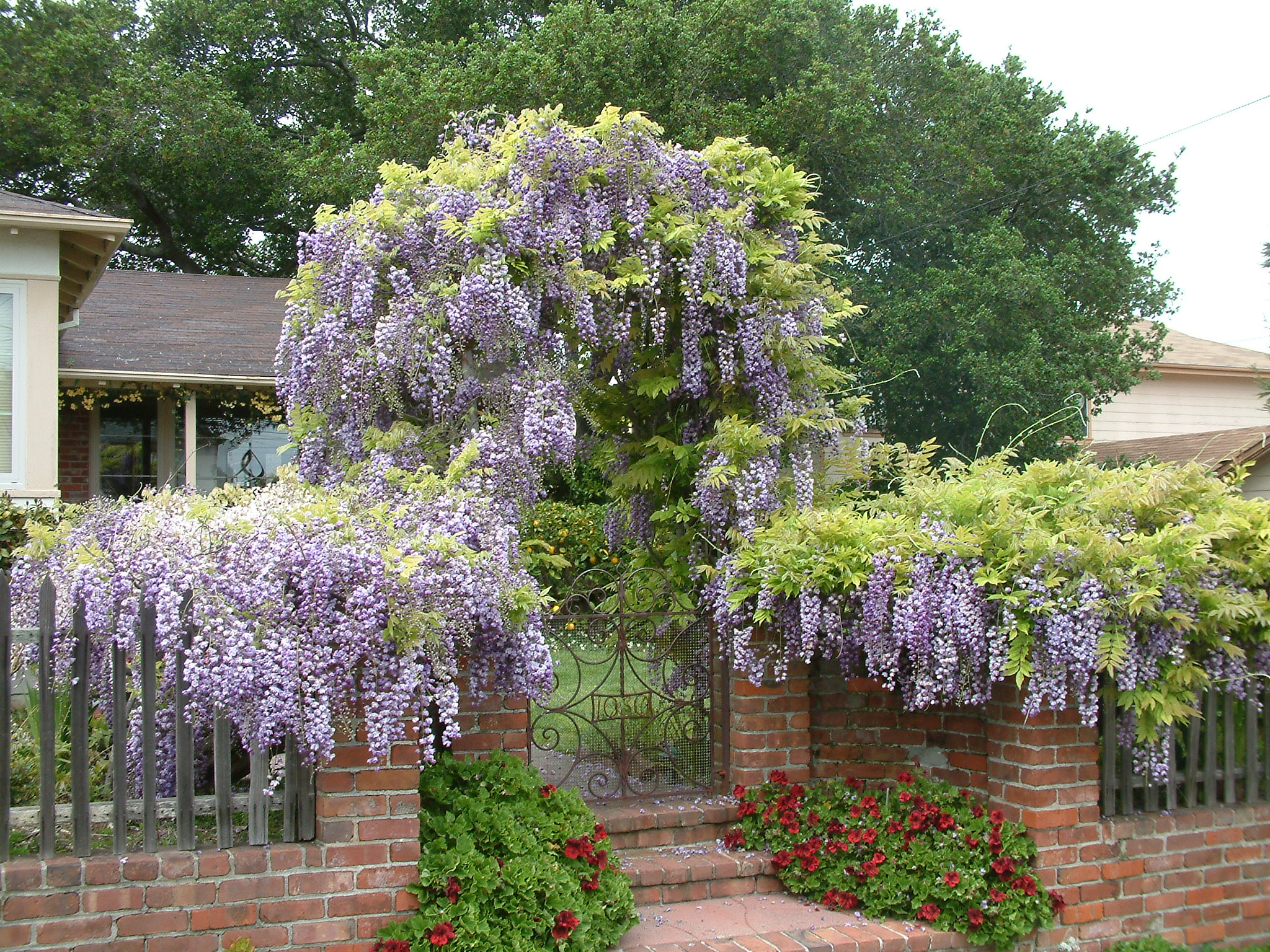Chinese Wisteria Plant: A Beautiful and Fragrant Addition to Your Garden
Introduction
The Chinese Wisteria plant, scientifically known as Wisteria sinensis, is a stunning and fragrant vine that is native to China. It is a popular choice for gardeners around the world due to its beautiful cascading blooms and sweet fragrance. In this article, we will explore the history, characteristics, cultivation, and care of the Chinese Wisteria plant.
History
The Chinese Wisteria plant has a long and storied history in Chinese culture. It has been cultivated for centuries for its ornamental value and was often featured in traditional Chinese gardens. The plant was introduced to Europe and North America in the 19th century and quickly became a beloved addition to gardens in these regions as well.
Characteristics
The Chinese Wisteria plant is a deciduous vine that can grow up to 30 feet in height. It produces large clusters of fragrant, pea-like flowers that can range in color from white to purple to blue. The blooms typically appear in late spring to early summer and create a stunning display that attracts bees, butterflies, and other pollinators.
The plant has dark green, compound leaves that are divided into smaller leaflets. In the fall, the leaves turn a vibrant yellow before falling off for the winter. The Chinese Wisteria plant also produces long, twisting stems that can be trained to grow on trellises, arbors, or pergolas.
Cultivation

The Chinese Wisteria plant is relatively easy to grow and can thrive in a variety of soil types. It prefers full sun and well-drained soil, although it can tolerate partial shade. The plant should be watered regularly, especially during hot, dry periods, to keep the soil moist but not waterlogged.
When planting Chinese Wisteria, it is important to provide support for the vine to climb on. This can be a trellis, arbor, pergola, or other structure that allows the plant to grow upwards. The vine can also be pruned to control its growth and shape, although excessive pruning can reduce the number of blooms in the following season.
Care
To keep your Chinese Wisteria plant healthy and vibrant, it is important to provide regular care and maintenance. This includes watering the plant regularly, especially during dry periods, and fertilizing it with a balanced fertilizer in the spring. It is also important to prune the plant in late winter or early spring to remove dead or damaged branches and encourage new growth.
Pests and diseases can sometimes affect Chinese Wisteria plants, so it is important to monitor the plant for any signs of trouble. Common pests include aphids, scale insects, and mealybugs, which can be treated with insecticidal soap or neem oil. Diseases such as powdery mildew and root rot can also be an issue, so it is important to provide good air circulation and avoid overwatering.
Conclusion
In conclusion, the Chinese Wisteria plant is a beautiful and fragrant addition to any garden. Its stunning blooms, sweet fragrance, and easy cultivation make it a popular choice for gardeners around the world. By following the tips outlined in this article, you can enjoy the beauty of the Chinese Wisteria plant in your own garden for years to come.